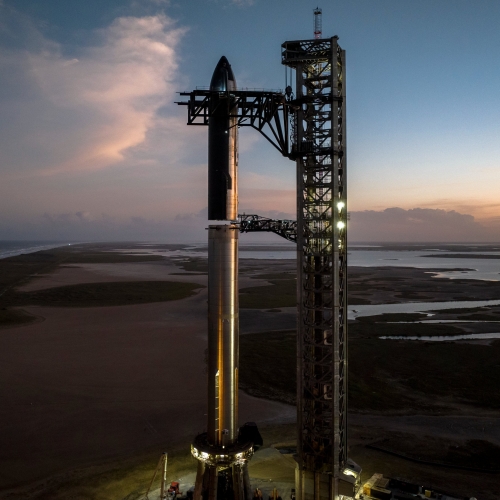India’s GSLV-Mark3 rocket launches 36 OneWeb satellites
India’s GSLV-Mark3 rocket, its most powerful, has successfully placed 36 OneWeb satellites into orbit. As of this writing, the first 16 of the 36 satellites had successfully deployed.
This was the first international commercial launch for the GSLV rocket, previously used exclusively for Indian launches. It was also the first launch of OneWeb satellites since its deal with Russia was broken off due to the Ukraine war. Though the company had also quickly signed SpaceX to resume launches, I suspect that since half of OneWeb is owned by a major Indian investment company, India was given favored treatment in determining who would launch first.
This was the third successful launch in 2022 for India, the most since that country shut down in 2020 due to its panic over the Wuhan flu.
The leaders in the 2022 launch race remains unchanged:
48 SpaceX
45 China
16 Russia
8 Rocket Lab
7 ULA
American private enterprise still leads China 68 to 45, though it now trails the world combined 70 to 68.
India’s GSLV-Mark3 rocket, its most powerful, has successfully placed 36 OneWeb satellites into orbit. As of this writing, the first 16 of the 36 satellites had successfully deployed.
This was the first international commercial launch for the GSLV rocket, previously used exclusively for Indian launches. It was also the first launch of OneWeb satellites since its deal with Russia was broken off due to the Ukraine war. Though the company had also quickly signed SpaceX to resume launches, I suspect that since half of OneWeb is owned by a major Indian investment company, India was given favored treatment in determining who would launch first.
This was the third successful launch in 2022 for India, the most since that country shut down in 2020 due to its panic over the Wuhan flu.
The leaders in the 2022 launch race remains unchanged:
48 SpaceX
45 China
16 Russia
8 Rocket Lab
7 ULA
American private enterprise still leads China 68 to 45, though it now trails the world combined 70 to 68.

